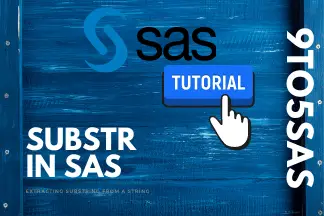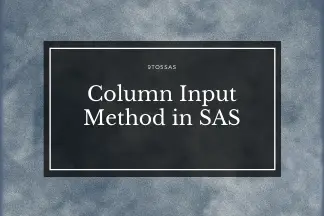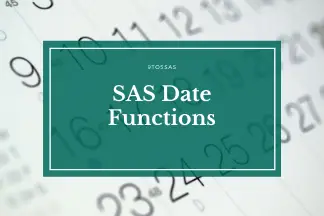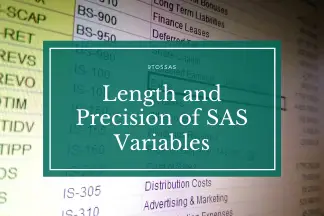9to5sas SAS tutorials allow you to extend your knowledge in SAS. Our step by step SAS tutorials are easy to understand and follows the best coding practices. Don’t waste your time buying books that cover just the basics. These SAS tutorials contain examples, tips, and hacks to learn SAS faster.










